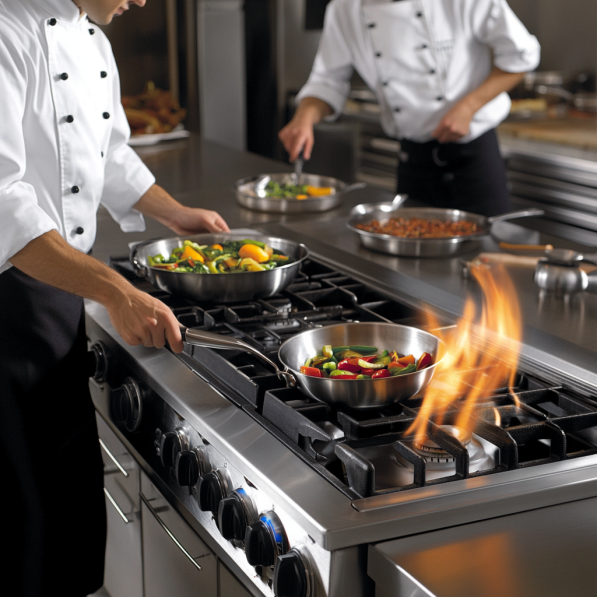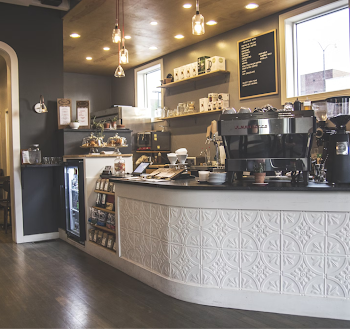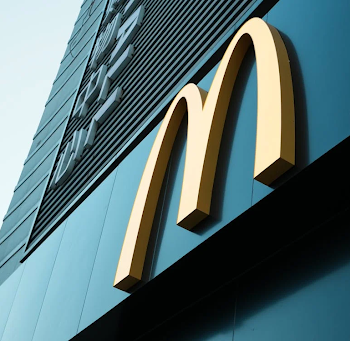
In the heart of every successful restaurant lies a well-functioning kitchen, and at its core, the stove and cooktop power the culinary magic. But what happens when your reliable burners start acting up? From weak flames to stubborn igniters, reliable and professional stove & cooktop repair is a reality every restaurant owner must face. Keeping your equipment in top shape is critical for maintaining the efficiency, safety, and quality of your operation.
Here’s a guide to troubleshooting common stove problems and understanding when it’s time to call in professional help to keep your kitchen running smoothly.
1. Common Gas Stove Problems That Could Slow Down Service
When your stove malfunctions during a busy dinner service, it’s more than just inconvenient—it’s a recipe for chaos. Knowing the most frequent issues and their causes can help you act quickly to minimize downtime.
Frequent Stove & Cooktop Issues:
- Weak or uneven flames: Often caused by clogged burner ports or a lack of proper gas flow.
- Constant clicking from the igniter: Usually signals a misaligned igniter or debris interfering with the spark.
- Burner won’t light: Indicates blocked gas flow, a faulty ignition system, or an issue with the gas supply line.
- Overheating or fluctuating temperatures: Could stem from a malfunctioning thermostat or gas pressure issues.
Example: Imagine prepping for a large catering order, and suddenly, your main burner refuses to ignite. Knowing what to check first can save you precious time and keep your team on track.
Gas Stove Problems Tip: Keep a checklist of common issues and potential causes posted in your kitchen for quick reference.
2. Quick Troubleshooting Steps You Can Take
While some stove issues require professional expertise, others can be resolved with simple troubleshooting. These steps can help identify and fix minor problems without disrupting your operations.
Step-by-Step Troubleshooting:
- Check for Clogs: Remove the burner cap and clean the ports with a pin or brush to clear debris.
- Inspect the Igniter: Ensure the igniter is clean, aligned properly, and free from grease buildup.
- Test the Gas Flow: If the burner isn’t lighting, check for proper gas flow by listening for the hiss of gas or ensuring the supply valve is open.
- Reset the System: Sometimes, a simple reset of the cooktop’s control system can resolve issues, especially for electric ignition stoves.
Example: If a burner is producing a weak flame, cleaning the ports and repositioning the burner cap often restores full functionality in minutes.
Repair Solutions Tip: Always consult your appliance’s manual for specific troubleshooting instructions tailored to your equipment model.
3. When to Call in the Pros
While DIY fixes can address minor issues, more complex problems require the expertise of a professional technician. Ignoring or delaying repairs can lead to further damage, higher repair costs, and potential safety hazards.
Signs You Need Professional Help:
- Persistent issues with ignition or gas flow
- A burner that won’t stay lit, even after cleaning
- Strange odors (e.g., gas smells) or noises during operation
- Visible damage to gas lines or burner components
Example: A clicking igniter that continues even after cleaning and alignment may point to an electrical or valve problem that requires professional repair.
Burner Issues Insight: Partner with a trusted stove & cooktop repair service specializing in commercial kitchen equipment to ensure reliable, long-lasting solutions.
4. The Importance of Regular Maintenance in a Restaurant Kitchen
Proactive maintenance is the best way to prevent stove problems from disrupting your kitchen’s workflow. Routine care not only reduces the risk of breakdowns but also extends the life of your equipment, saving you money in the long run.
Maintenance Best Practices:
- Daily Cleaning: Remove food debris and grease buildup to keep burners and igniters working efficiently.
- Weekly Inspections: Check for signs of wear, clogged ports, or loose components.
- Quarterly Professional Servicing: Schedule regular inspections and tune-ups with a technician to catch potential problems early.
Example: A quarterly service check can help identify minor gas leaks or worn-out components before they escalate into major safety risks or costly repairs.
Repair Solutions Tip: Incorporate maintenance tasks into your staff’s daily routines to ensure consistency and accountability.
5. How a Functioning Stove Impacts Your Restaurant’s Reputation
Your kitchen’s performance directly affects customer satisfaction. A malfunctioning stove can lead to delayed orders, inconsistent food quality, or even cancellations—all of which can damage your restaurant’s reputation. Keeping your stove in optimal condition ensures your chefs can deliver dishes as intended, maintaining the standards your customers expect.
Example with a Twist: Imagine a customer waiting eagerly for their perfectly seared steak, only to receive it undercooked because of fluctuating burner temperatures. A well-maintained stove prevents these mishaps, keeping your diners delighted and your reviews glowing.
Burner Issues Insight: Investing in regular stove & cooktop repair isn’t just about equipment—it’s about preserving your brand’s image and trustworthiness.
6. Choosing the Right Repair Service for Your Kitchen
Not all repair services are created equal, especially when it comes to the demands of a commercial kitchen. Choosing a repair partner with experience in restaurant-grade appliances is critical for quick, effective solutions.
What to Look For in a Repair Service:
- Expertise in commercial stove and cooktop systems
- Availability for emergency repairs to minimize downtime
- Proven track record with restaurant clients
- Transparent pricing and warranty coverage
Example: A repair service that offers same-day appointments and carries common replacement parts can save you from prolonged disruptions, ensuring your kitchen gets back to full speed quickly.
Final Thoughts: Staying Cool Under Pressure
In the fast-paced world of restaurants, stove malfunctions are inevitable. But with the right troubleshooting knowledge and a reliable repair strategy, you can handle these challenges without missing a beat. From quick fixes to professional servicing, every step you take toward maintaining your stove ensures your kitchen stays efficient, your food remains top-quality, and your customers leave happy.
Remember, a well-maintained stove isn’t just an appliance—it’s the heart of your kitchen. Investing in stove & cooktop repair and regular maintenance keeps that heart beating strong, ensuring your restaurant thrives no matter what challenges arise.



